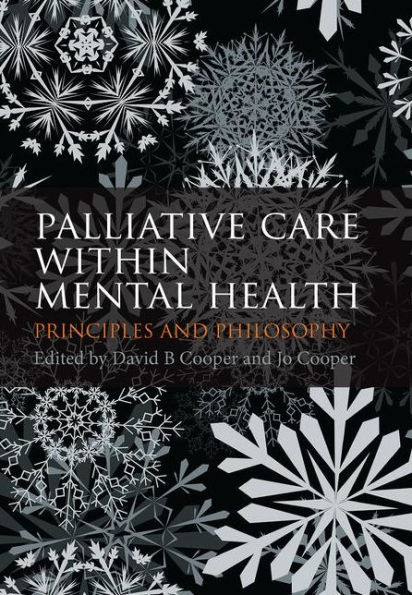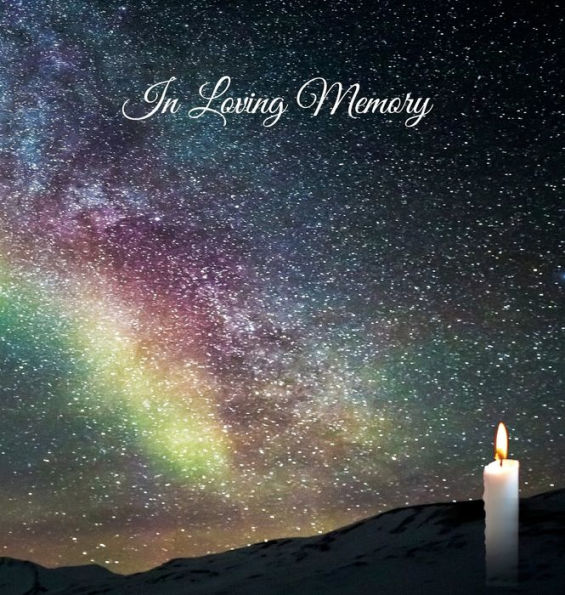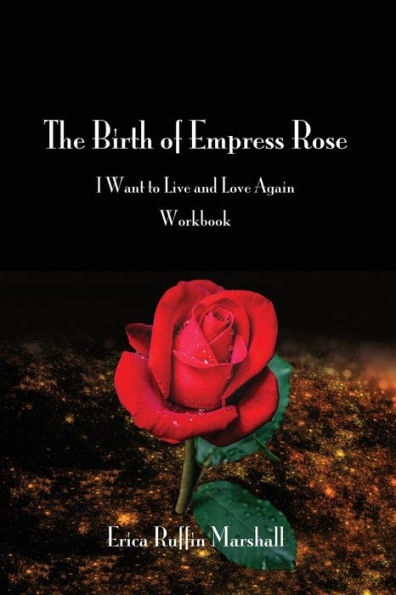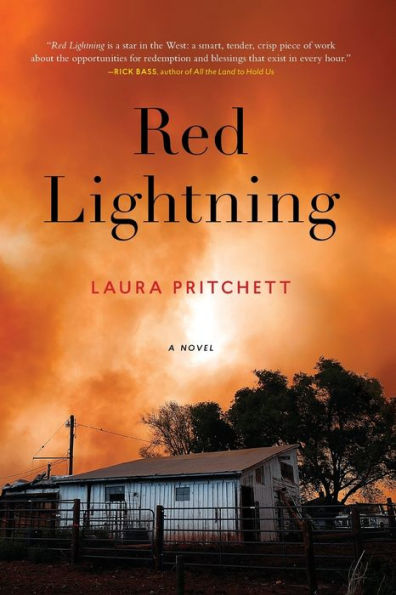Home
Different Speeds, Same Furies: Powell, Proust and other Literary Forms
Barnes and Noble
Loading Inventory...
Different Speeds, Same Furies: Powell, Proust and other Literary Forms in Bloomington, MN
Current price: $24.95

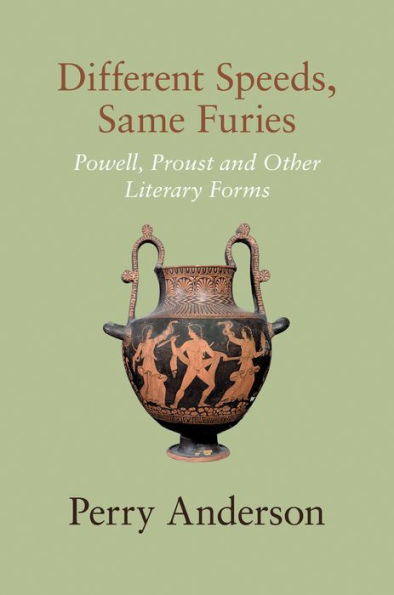
Different Speeds, Same Furies: Powell, Proust and other Literary Forms in Bloomington, MN
Current price: $24.95
Loading Inventory...
Size: Hardcover
An exploration of Marcel Proust and Anthony Powell's greatest literary achievements.
There are few writers about whom opinions diverge so widely as Anthony Powell, whose
Dance to the Music of Time
sequence is one of the most ambitious literary constructions in the English language. In
Different Speeds, Same Furies
, Perry Anderson measures Powell’s achievement against Marcel Proust’s celebrated
In Search of Lost Time
.
The literature on
Dance
is a drop in the ocean compared to that on Proust. Yet in construction of plot and depiction of character, Anderson ranks Powell above him. How much do particular advantages of this kind matter, and why is Powell an odd man out in English letters? At once so similar and dissimilar, the intricate retrospectives of the two novelists on bohemia and Society, upbringing and mortality, relationships and personality, invite interrelated judgements.
The closing chapters of
reach beyond their handlings of time to chart the historical novel from
Waverley
to
Underworld,
and the breakthrough in epistolatory fiction of Montesquieu’s
Persian Letters
, held together by what its author described as ‘a secret chain which remains, as it were, invisible’.
There are few writers about whom opinions diverge so widely as Anthony Powell, whose
Dance to the Music of Time
sequence is one of the most ambitious literary constructions in the English language. In
Different Speeds, Same Furies
, Perry Anderson measures Powell’s achievement against Marcel Proust’s celebrated
In Search of Lost Time
.
The literature on
Dance
is a drop in the ocean compared to that on Proust. Yet in construction of plot and depiction of character, Anderson ranks Powell above him. How much do particular advantages of this kind matter, and why is Powell an odd man out in English letters? At once so similar and dissimilar, the intricate retrospectives of the two novelists on bohemia and Society, upbringing and mortality, relationships and personality, invite interrelated judgements.
The closing chapters of
reach beyond their handlings of time to chart the historical novel from
Waverley
to
Underworld,
and the breakthrough in epistolatory fiction of Montesquieu’s
Persian Letters
, held together by what its author described as ‘a secret chain which remains, as it were, invisible’.
An exploration of Marcel Proust and Anthony Powell's greatest literary achievements.
There are few writers about whom opinions diverge so widely as Anthony Powell, whose
Dance to the Music of Time
sequence is one of the most ambitious literary constructions in the English language. In
Different Speeds, Same Furies
, Perry Anderson measures Powell’s achievement against Marcel Proust’s celebrated
In Search of Lost Time
.
The literature on
Dance
is a drop in the ocean compared to that on Proust. Yet in construction of plot and depiction of character, Anderson ranks Powell above him. How much do particular advantages of this kind matter, and why is Powell an odd man out in English letters? At once so similar and dissimilar, the intricate retrospectives of the two novelists on bohemia and Society, upbringing and mortality, relationships and personality, invite interrelated judgements.
The closing chapters of
reach beyond their handlings of time to chart the historical novel from
Waverley
to
Underworld,
and the breakthrough in epistolatory fiction of Montesquieu’s
Persian Letters
, held together by what its author described as ‘a secret chain which remains, as it were, invisible’.
There are few writers about whom opinions diverge so widely as Anthony Powell, whose
Dance to the Music of Time
sequence is one of the most ambitious literary constructions in the English language. In
Different Speeds, Same Furies
, Perry Anderson measures Powell’s achievement against Marcel Proust’s celebrated
In Search of Lost Time
.
The literature on
Dance
is a drop in the ocean compared to that on Proust. Yet in construction of plot and depiction of character, Anderson ranks Powell above him. How much do particular advantages of this kind matter, and why is Powell an odd man out in English letters? At once so similar and dissimilar, the intricate retrospectives of the two novelists on bohemia and Society, upbringing and mortality, relationships and personality, invite interrelated judgements.
The closing chapters of
reach beyond their handlings of time to chart the historical novel from
Waverley
to
Underworld,
and the breakthrough in epistolatory fiction of Montesquieu’s
Persian Letters
, held together by what its author described as ‘a secret chain which remains, as it were, invisible’.



